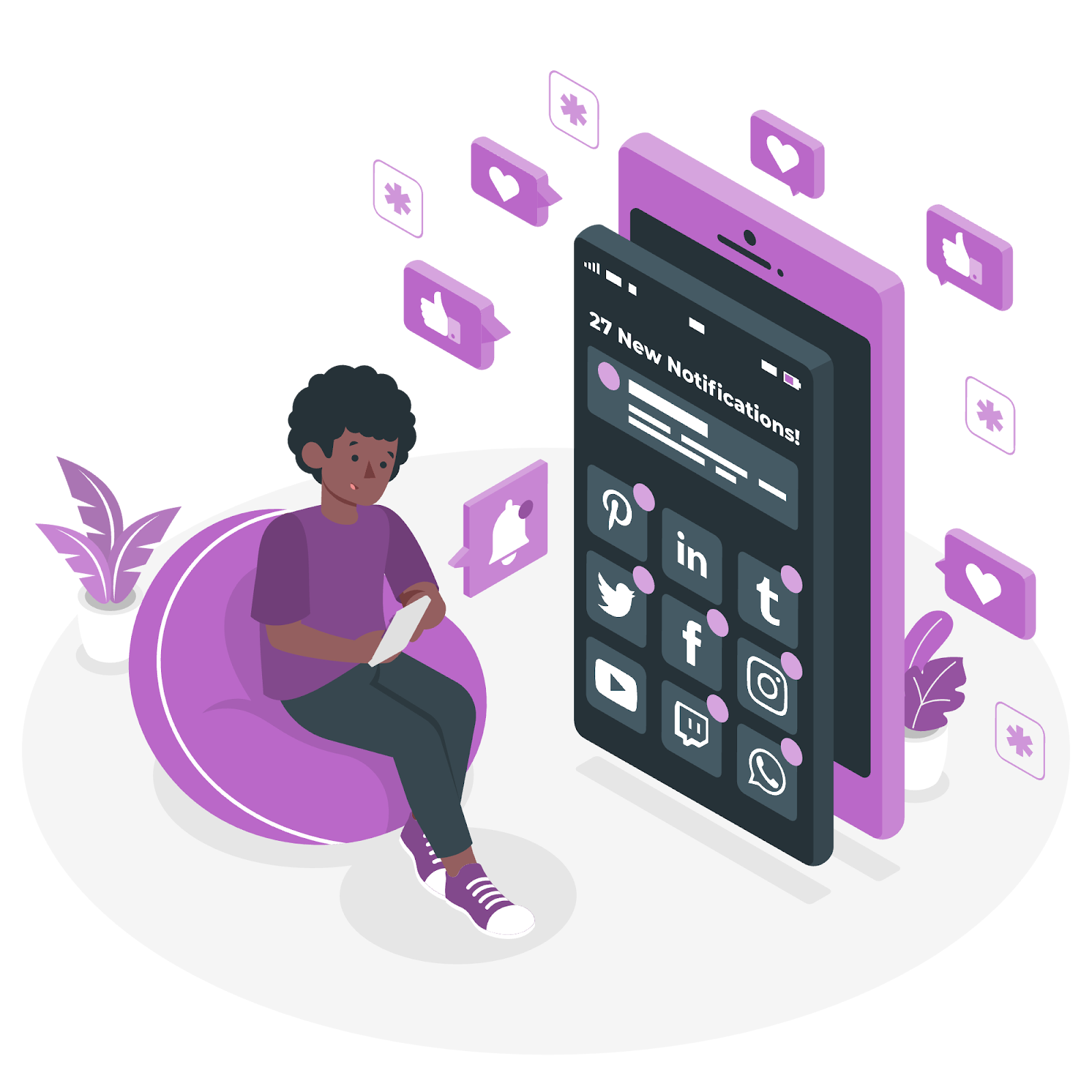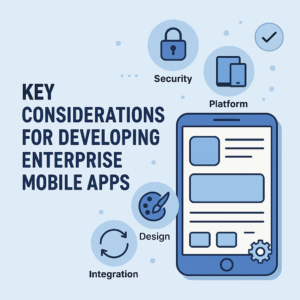In today’s fast-paced digital world, mobile applications compete fiercely for user attention. One of the key tools that app developers and marketers use to keep users engaged is push notifications. These timely alerts can significantly enhance user interaction with an app when used effectively.
What Are Push Notifications?
Push notifications are brief messages sent directly to a user’s device from a mobile application. Unlike emails or text messages, these alerts appear on the device’s screen, even when the app isn’t open. They serve as a direct line of communication between the app and the user, providing updates, reminders, or promotional offers.
The Importance of Push Notifications in Mobile Apps
Push notifications play a crucial role in maintaining and increasing user engagement. They help in:
- Retaining Users: Regular notifications can remind users of the app’s value, encouraging them to return and interact more frequently.
- Enhancing User Experience: By providing timely and relevant information, push notifications can improve the overall user experience.
- Driving Conversions: For apps focused on sales or subscriptions, notifications about special deals or new content can lead to increased conversions.
How Push Notifications Enhance User Engagement
- Personalization: Tailoring notifications to individual user preferences makes the messages more relevant and increases the likelihood of interaction.
- Timeliness: Sending alerts at the right time ensures that the message is received when the user is most receptive.
- Interactivity: Incorporating action buttons within notifications allows users to respond or engage without opening the app fully.
Best Practices for Using Push Notifications
To maximize the effectiveness of push notifications, consider the following guidelines:
- Obtain User Consent: Always ask for permission before sending notifications to respect user privacy and build trust.
- Segment Your Audience: Group users based on behavior or preferences to send more targeted messages.
- Keep Messages Clear and Concise: Notifications should be brief and to the point to quickly convey the intended message.
- Limit Frequency: Avoid overwhelming users with too many notifications, which can lead to annoyance and app uninstalls.
- Provide Value: Ensure that each notification offers something beneficial to the user, such as useful information or exclusive offers.
Challenges and Considerations
While push notifications can boost engagement, they also come with challenges:
- Notification Fatigue: Sending too many messages can lead to users ignoring notifications or disabling them entirely.
- Privacy Concerns: Mishandling user data for personalization can lead to privacy issues and loss of trust.
- Technical Limitations: Different devices and operating systems may handle notifications differently, affecting how users receive them.
Conclusion
Push notifications are a powerful tool for enhancing mobile app engagement when used thoughtfully. By delivering timely, personalized, and valuable messages, apps can maintain a strong connection with their users. Balancing frequency and relevance is key to ensuring that push notifications contribute positively to the user experience rather than detract from it.





